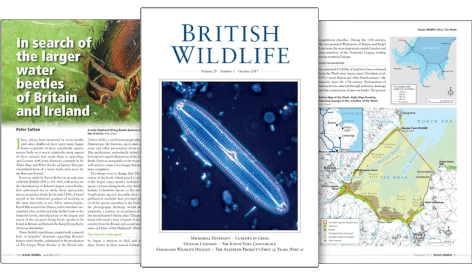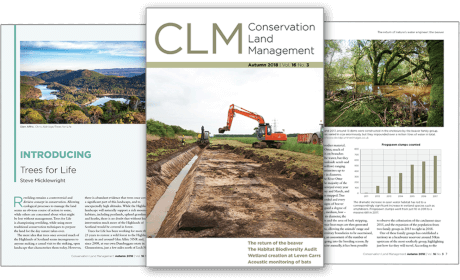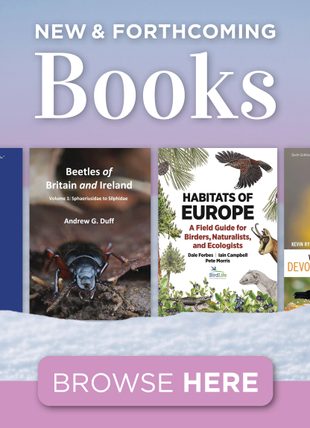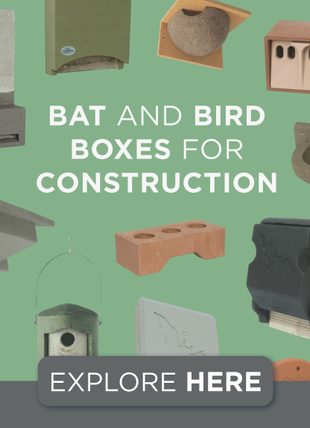By: Spencer G Lucas(Editor), Adrian P Hunt(Editor), Hendrik Klein(Editor)
980 pages, colour & b/w photos, b/w illustrations
![Vertebrate Ichnology Vertebrate Ichnology]()
Click to have a closer look
About this book
Contents
Customer reviews
Biography
Related titles
About this book
Vertebrate Ichnology: Tetrapod Tracks and Trackways is a complete review and analysis of vertebrate trace fossils, including how vertebrate trace fossils inform our understanding of major evolutionary events. It covers all aspects of the vertebrate trace fossil record including tetrapod footprints, fish traces and other trails, burrows, nests and more. Each record is reviewed by prominent experts with extensive illustrations and can be used as a tool to solve problems of vertebrate biochronology and biogeography. Megabiases in the record are identified, and trace fossils applied to analysis and the understanding of major events in the evolutionary history of vertebrates. This is a useful daily reference for palaeontologists and geologists; and teaching professors or other researchers working in trace fossils and related fields, including university and graduate students.
Contents
1. Introduction
Section 1. The ichnology of locomotion
2. Tetrapods
3. Fish
Section 2. The ichnology of consumption
4. Regurgitalites
5. Consumulites
6. Coprolites
7. Gastroliths
Section 3. The ichnology of habitation and reproduction
8. Vertebrate burrows
9. Nests
10. Ichnology of reproduction (e.g., tracks showing mating or display)
Section 4. Synthesis (analyzes the vertebrate trace fossil record, its strengths and weakness and application to understanding vertebrate evolutionary history)
11. Megabiases in the fossil record of vertebrate traces
12. Ichnofacies
13. Ichnology and biochronology
14. Ichnology and biogeography
15. Traces and major evolutionary events in vertebrate history
16. Prospectus and issues in vertebrate ichnology
Customer Reviews
Biography
Spencer G. Lucas is a stratigrapher and palaeontologist who has been a Curator of Geology and Paleontology at the New Mexico Museum of Natural History and Science (Albuquerque, New Mexico, USA) since 1988. Lucas's research focuses on vertebrate body and trace fossils. Since 1992, he has been a major contributor to the refinement of the Triassic timescale as a Voting Member of the IUGS Subcommission on Triassic Stratigraphy. He has undertaken extensive field research in the American West, Kazakstan, China, Mexico, Nicaragua and Costa Rica. Lucas has published 7 books and edited or co-edited more than 70 volumes. He has published more than 1000 scientific articles and is or has been on numerous editorial boards. In 1991, he founded the New Mexico Museum of Natural History and Science Bulletin and is its Chief Editor.
Adrian P. Hunt is a palaeontologist who has been Adjunct Curator of Paleontology at the New Mexico Museum of Natural History and Science (New Mexico) since 2007 and Executive Director of the Flying Heritage and Combat Armor Museum (Washington) since 2007. Previously, he was founder/curator of the Mesalands Dinosaur Museum (New Mexico) and Executive Director of the New Mexico Museum of Natural History and Science. He is particularly interested in vertebrate trace fossils, ranging from coprolites to footprints, and he has published in this subject area for over 35 years, having published more than 700 articles, and written or edited six books.
Hendrik Klein is an independent researcher working at Saurierwelt Palaontologisches Museum, Germany. His main research fields are vertebrate palaeontology and ichnology. He is a member of the editorial boards of the New Mexico Museum of Natural History and Science Bulletin and the Ichnos journal. Present research projects and work include Tetrapod ichnology and ichnostratigraphy of the Triassic; ichnology and palaeoecology of Paleozoic-Mesozoic strata in Morocco with Technical University, Bergakademie Freiberg, Germany and Chouaib Doukkali University, El Jadida, Morocco; and Mesozoic tetrapod ichnology of China with Lida Xing and Martin Lockley.
By: Spencer G Lucas(Editor), Adrian P Hunt(Editor), Hendrik Klein(Editor)
980 pages, colour & b/w photos, b/w illustrations


































